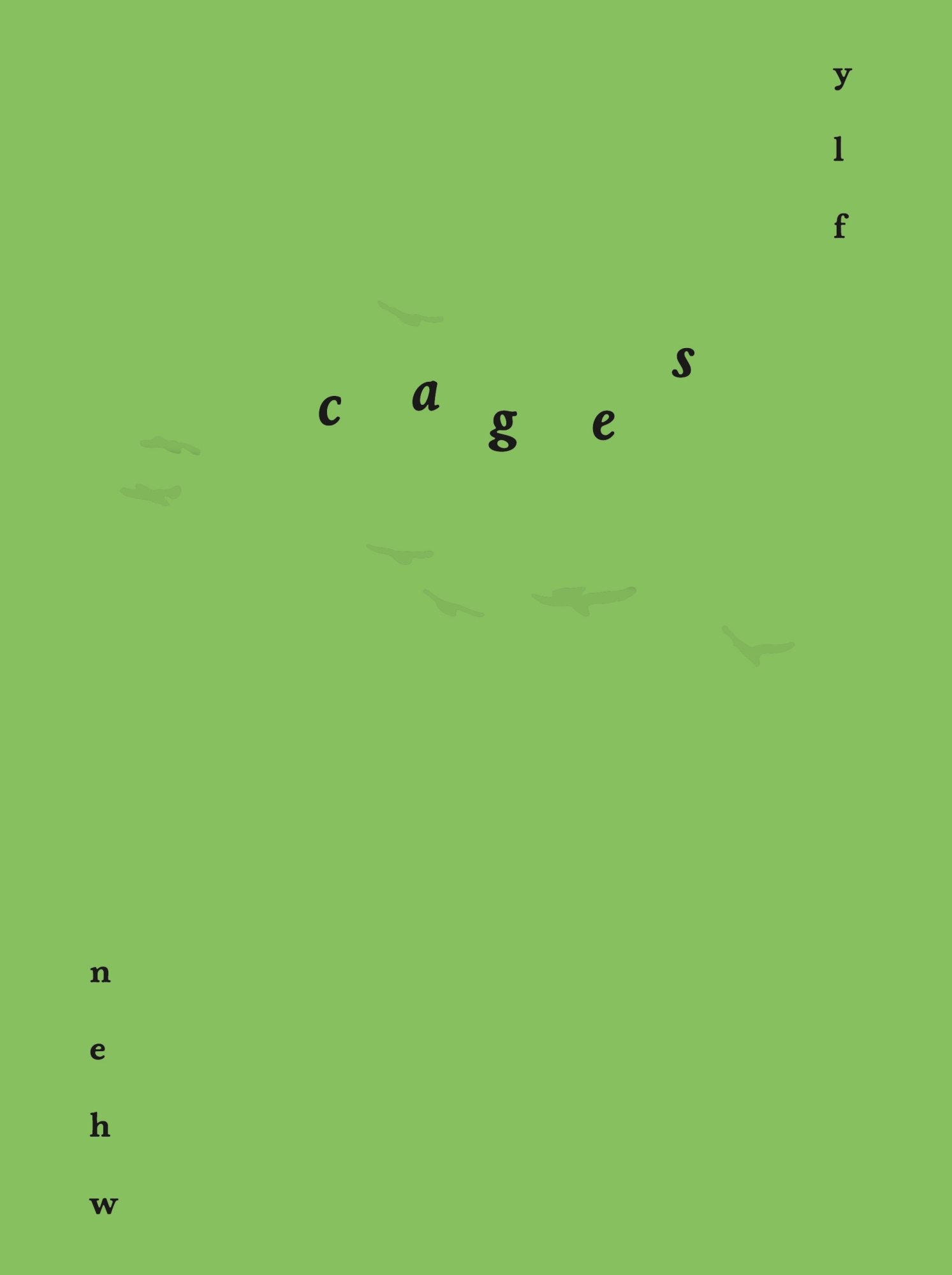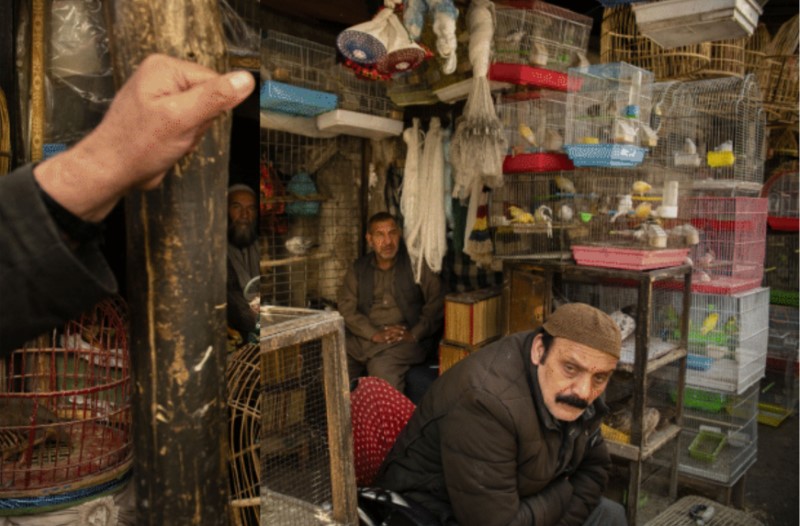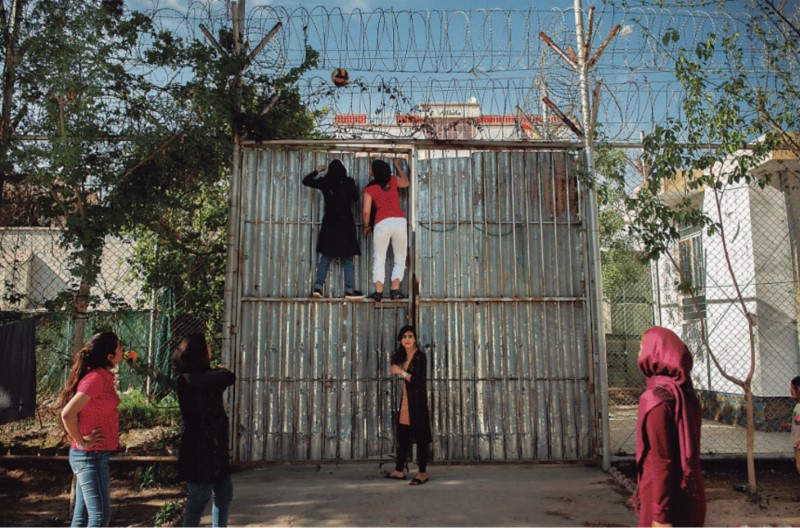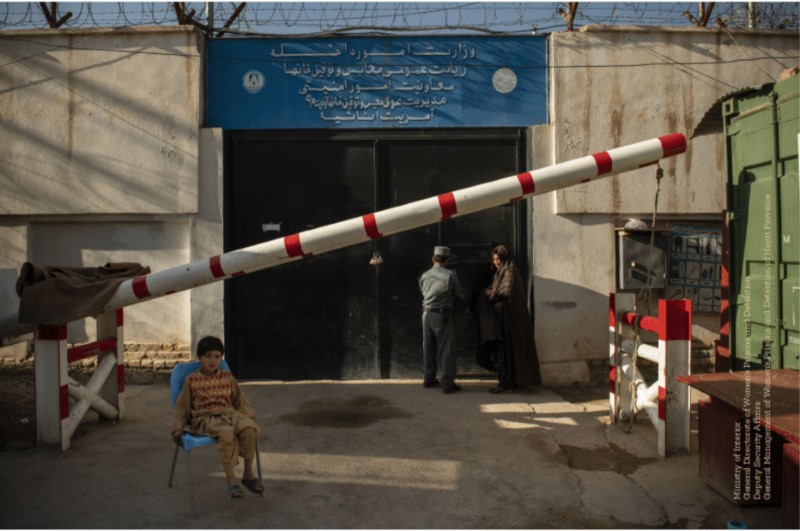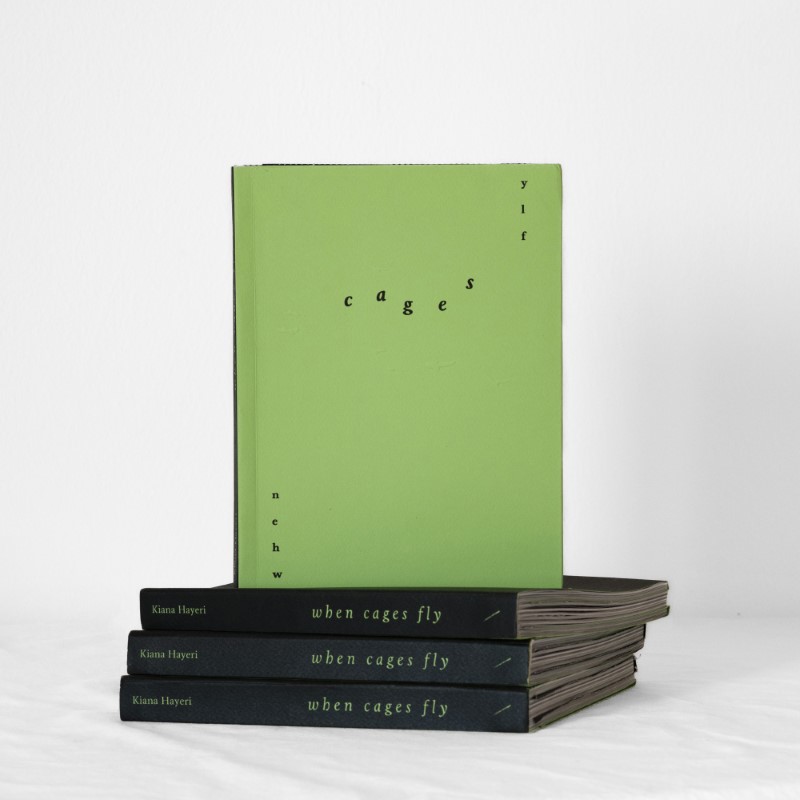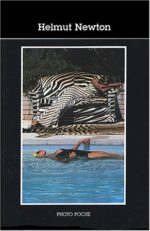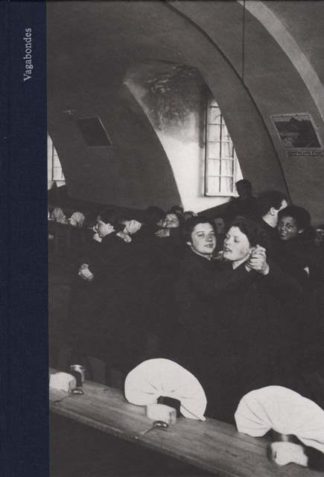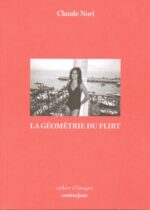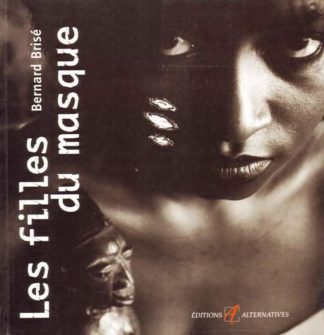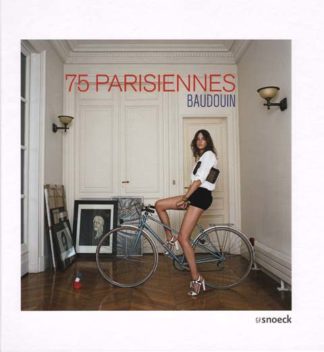L’histoire sous-jacente, “Where Prison Is a Kind Of Freedom”, publiée à l’origine dans le New York Times Magazine, met en lumière la vie de femmes incarcérées pour s’être libérées de mariages abusifs et violents en prenant des mesures draconiennes. Récompensé par la prestigieuse médaille d’or Robert Capa en 2020, cet article a servi de pierre angulaire à ce livre, qui explore l’équilibre délicat entre la liberté et la captivité, tant physique que métaphorique.
Divisé en trois chapitres captivants avec une intervention textuelle minimale et accompagné d’un livret supplémentaire, “When Cages Fly”encourage les lecteurs à s’engager activement dans l’élaboration de leurs propres interprétations de la réalité dépeinte. Au centre de l’exploration thématique du livre se trouve un chapitre central fermé, une prison métaphorique. Gardée mais paradoxalement libératrice, la prison devient un sanctuaire pour ceux qui cherchent à échapper aux chaînes de l’oppression domestique. Nous invitons les lecteurs à déchirer l’enveloppe du chapitre central pour “accéder” à la prison.
The underlying story, « Where Prison Is a Kind Of Freedom,” originally featured in The New York Times Magazine, sheds light on the lives of women incarcerated for liberating themselves from abusive and violent marriages through drastic measures. Awarded the prestigious Robert Capa Gold Medal in 2020, this magazine feature served as the inspirational cornerstone for this book, which navigates the delicate balance between freedom and captivity, both physical and metaphorical.
Divided into three compelling chapters with minimal textual intervention and accompanied with a supplementary booklet, « When Cages Fly, » encourages viewers to engage actively in crafting their own interpretations of the depicted reality. Central to the book’s thematic exploration is an enclosed middle chapter, a metaphorical prison. Guarded yet paradoxically liberating, the prison becomes a sanctuary for those seeking refuge from the shackles of domestic oppression. We invite the viewers to rip through the encasement of the middle chapter in order to “gain access” to the prison.

